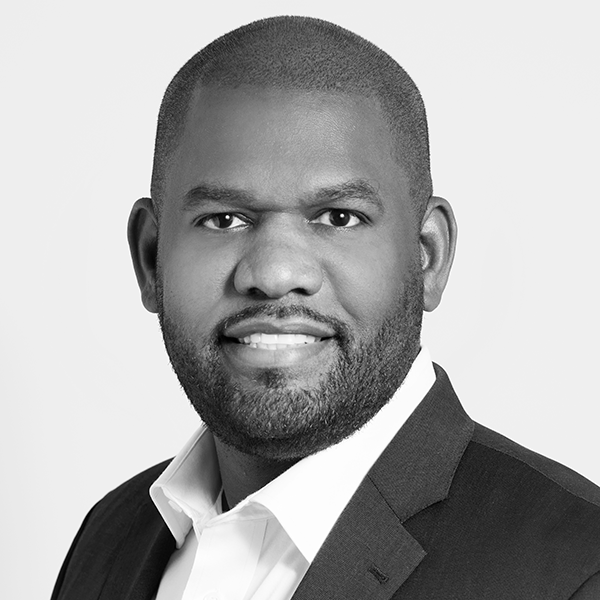When PROMO published the top 10 fastest-growing promotion agencies in the June issue, at first we thought there was a typo.
According to the promo 100, the nation’s fastest-growing agency is WINS Promotion Group with a 1,924 percent net revenue growth during the past two years!
Of course, WINS started from a base of just $354,333 – but that’s still an incredible growth rate. Perhaps more revealing is that the average two-year growth among the top-10 fastest expanders was a whopping 476 percent. Among the top 10 of the promo 100: Cyrk-Simon Worldwide grew 341 percent; Upshot jumped 394 percent; and Contemporary Marketing surged 245 percent.
These outlandish percentages are enough to get even Bill Gates excited. We are delighted to see so many agencies doing so well (it’s not bad for our business, either). However – and you knew this was coming – we feel obligated to lay down a few speed bumps.
Being of the headhunting persuasion, we’ll start by pointing out that you should build a reservoir of potential people before you need them. There’s more to it than simply finding a committed resource that’s strategically tuned into where your agency is headed. Upshot’s John Kelly, for example, says his agency has established “guiding principles of talent acquisition, development, and retention,” as well as systems that involve all 110 of the agency’s employees in evaluating new talent.
Agencies should consider going further to develop their own internal human resources function. It’s incredible, but even some of promotion’s biggest agencies do not have a human resources department dedicated to finding, training, and retaining talent.
Think strategically about how you’re going to grow the business. Write down your plan. The tendency is simply to take whatever comes along, and in today’s economy there’s plenty of work flowing in over the transom. You’re better off having the balance of growth come more from existing clients than from new clients. Comments Gregory Schlopak, president of Cyrk-Simon Worldwide (promo’s 1998 Agency of the Year), “Our whole strategy is client retention, which means developing long-term relationships.”
As a rule, about 60 percent of your growth should come from established clients and 40 percent from new ones. This logic is simple: Considerable time and energy are consumed in the startup of any client relationship; it’s far more challenging to take on a new client than to grow your relationship with an existing one.
Who’s your perfect partner Define what makes an ideal client for your company and apply the definition when you consider new accounts. Don’t make the mistake of chasing after bright, shiny objects – “badge” clients that may look great on your roster but who will bleed you to death in exchange for the honor of serving their needs. Gary Reynolds of No. 10-ranked GMR Marketing advises, “We maintain our focus on core clients while developing new business opportunities.”
If you look at agencies that have made the transition from small to large, many of them have this tenet in common: They built their agencies on a group of “cornerstone” clients. For the sake of the “foundation” imagery, let’s say you need four substantial clients who essentially anchor the agency. Do you have cornerstone accounts? Pick them out by category and then penetrate them as deeply as you can. Keep your focus.
Make sure you understand how to make money. Simply adding business doesn’t mean you’re more profitable. We once heard Carl Spielvogel say in a speech that if you don’t make money every month, at the end of the year you won’t be profitable. People kid themselves that they’ll make up early losses later, but chances are they never will. Most important, don’t accommodate quirky client requests to break the financial model that you’ve created to ensure your profitability.
Last, but not least, spend some time crafting a stimulating agency environment, a culture that’s rich creatively and intellectually. Something that adds up to more than the sum of the agency president’s personality. The momentum you create by winning all kinds of new business is one thing; the momentum you create by building an attractive workplace is quite another. If you’re feeding your new business binge by fomenting a sweatshop environment, your long-term growth prospects are something less than good.
The Contemporary Group keeps its culture healthy with a program called FRED, an acronym (of sorts) that stands for Friendship, Responsibility, Enthusiasm, Efficiency, and Dedication. Says Contemporary’s Paula Balzer, “It’s a task force of employees that encourages interaction. It tackles everything from dress codes to picnics.”
How fast is too fast depends on the agency and how measured it is in its approach to building the business. Some will burst like a supernova, while others will go on to become the enduring stars of the promotion business.
 Network
Network

